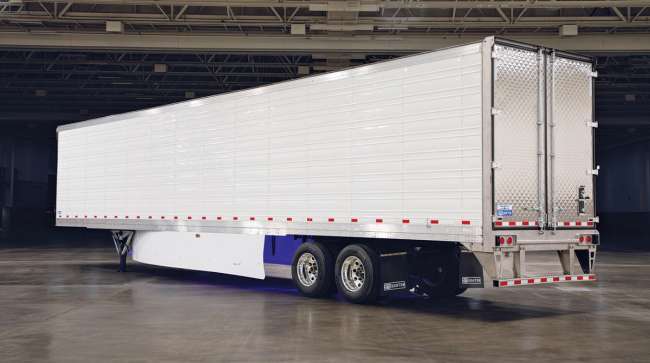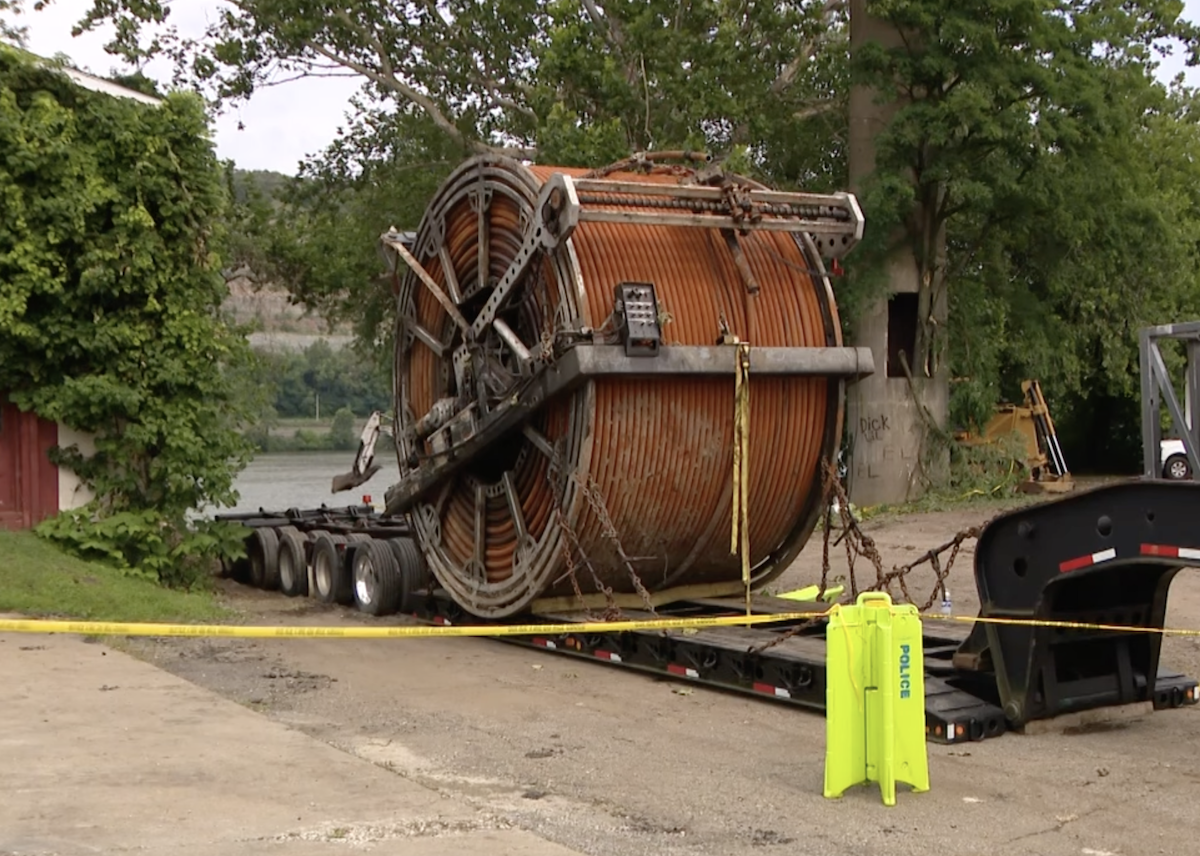(Stoughton Trailers LLC via Facebook)
U.S. trailer orders in March broke from the pattern of year-over-year declines to surge 63% from the previous year, ACT Research reported.
Preliminary net data showed orders jumped to 22,100 units from March 2024 levels, a total that also marked a 21% leap from February. Monthly trailer orders over the past two years have trended below the previous year with few exceptions, one of which was occurred in January of this year.
“Given that March marks the cyclical beginning of the weaker order months of the year, this month’s data certainly were a high-side surprise,” said Jennifer McNealy, director of commercial vehicle market research at ACT. “That said, it is not that much of a surprise this year amid the unprecedented environment in which we find ourselves presently. We again caution that one month does not make, or in this case buck, the trend.”
McNealy cautioned that subdued build and order intake levels remain the expectation amid weak for-hire truck market fundamentals, low used equipment valuations, relatively full inventories, high interest rates and the ambiguity of policy shifts.
[April State of the Industry: U.S. Trailers Update]
Read more from the update here: https://t.co/vKdQMtEJ3k pic.twitter.com/tXHb4hcuAO
— ACT Research (@actresearch) April 23, 2025
“While speculative, what we may be seeing in March’s data is a pull-forward of orders in advance of possible tariff-related cost increases to come,” McNealy said. “While good news for this month, pull-forward — if that is the case — means orders placed now will not need to be placed at a later date.”
FTR Transportation Intelligence found similar results, with preliminary data showing that March trailer orders surged 70% year over year to 21,516 units. The result also marked a 3% jump from the prior month. This pace puts the company’s monthly average for the year at 20,893 units. Year to date, cumulative orders have decreased 8% to 146,253 units.
FTR just released the latest numbers, and March trailer net orders hit 21,516 units—up 3% from February and a whopping 70% year-over-year. That’s five straight months above 20,000 units.
📊 Check out the full release and chart here: https://t.co/1rZ3rNzpWN pic.twitter.com/8iSYj6waI6
— FTR | Transportation Intelligence (@FTRintel) April 18, 2025
Dan Moyer, senior analyst of commercial vehicles at FTR, said that tariffs levied by the White House on U.S. trading partners — and retaliatory measures from those countries — pose significant risks to the North American trailer market.
“Some fleets appear to be prioritizing adding trailers in lieu of power units,” he said “So far this year, U.S. trailer net orders have outpaced total North America Class 8 net orders by 7,900 units. Given the increasing level of uncertainty — the economy, tariffs, truck freight demand and pricing, etc. — it remains to be seen if this order strength can be sustained.”
Moyer added that this risk could influence both imported units and domestic production reliant on foreign-sourced materials.
“OEMs will likely face increased manufacturing costs, diminished margins, and possibly softened or stagnant demand,” he said. “Suppliers, meanwhile, likely will experience intensified financial pressures stemming from supply chain disruptions, potentially prompting shifts toward alternative sourcing strategies or domestic partnerships. For fleets, higher prices and prolonged lead times may result in postponed procurement decisions or a renewed focus on upgrading power units instead.”






